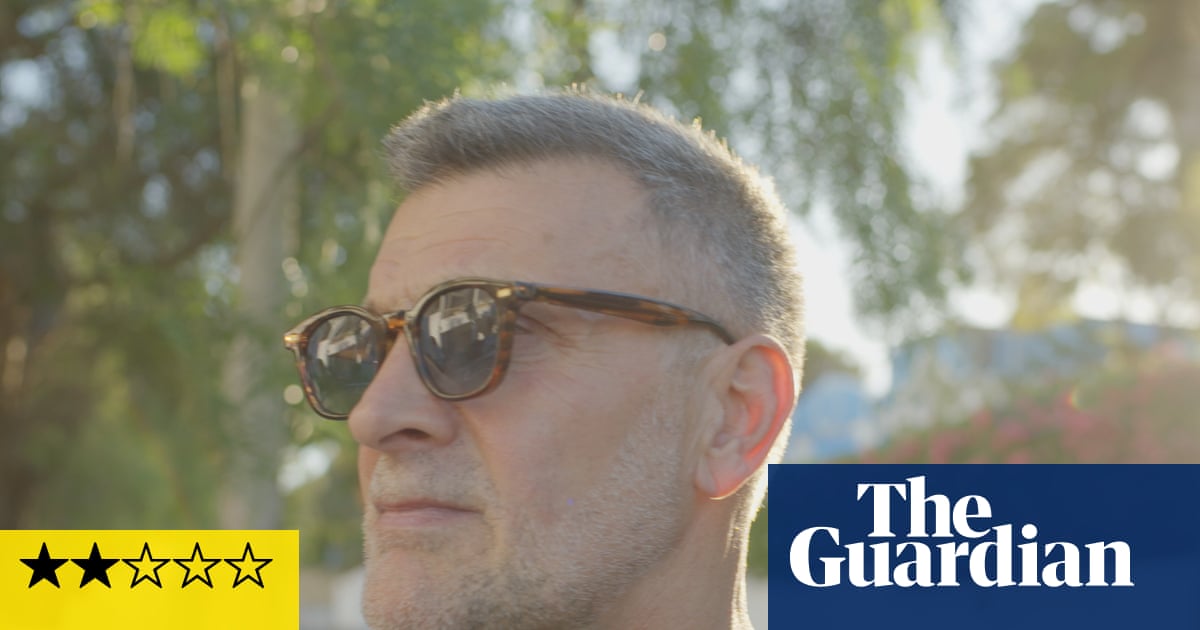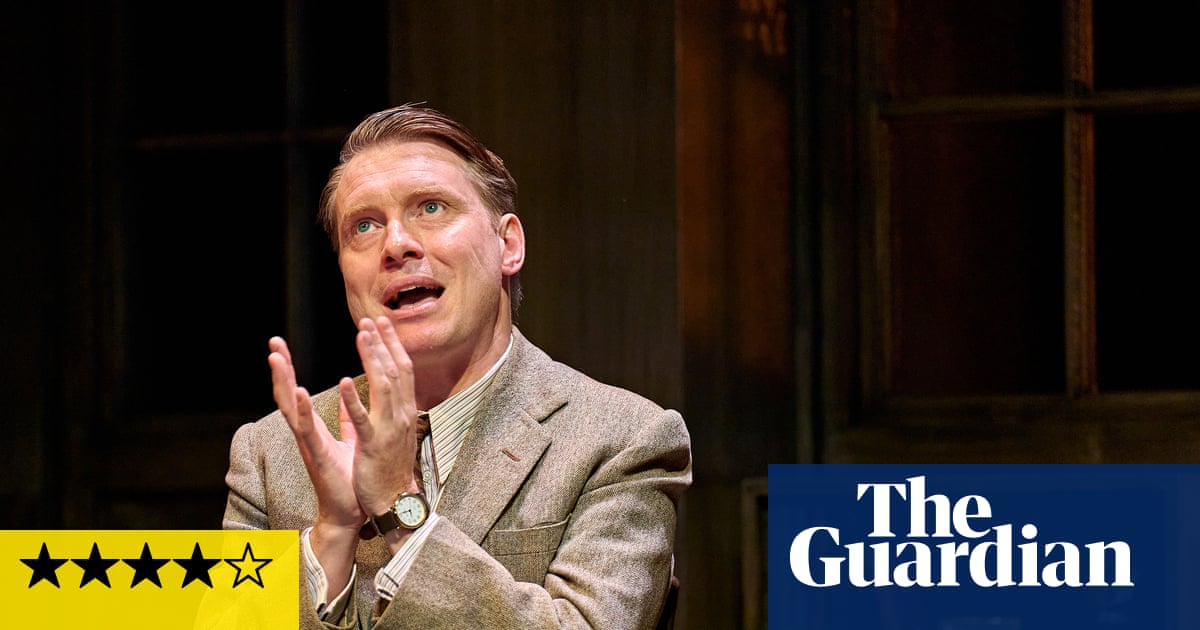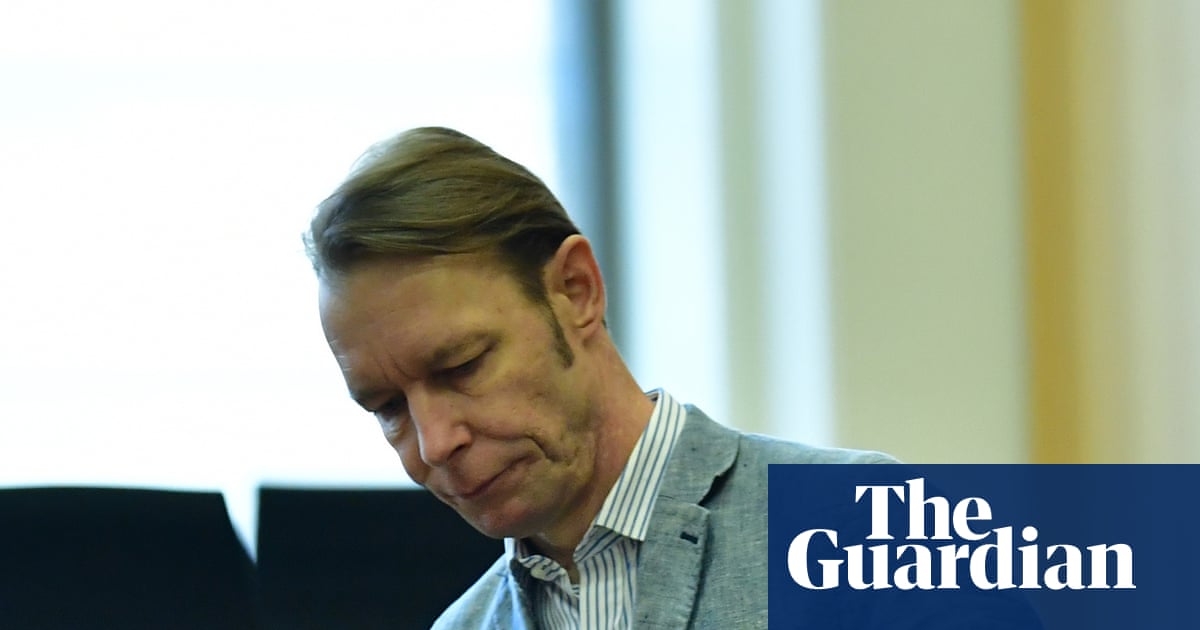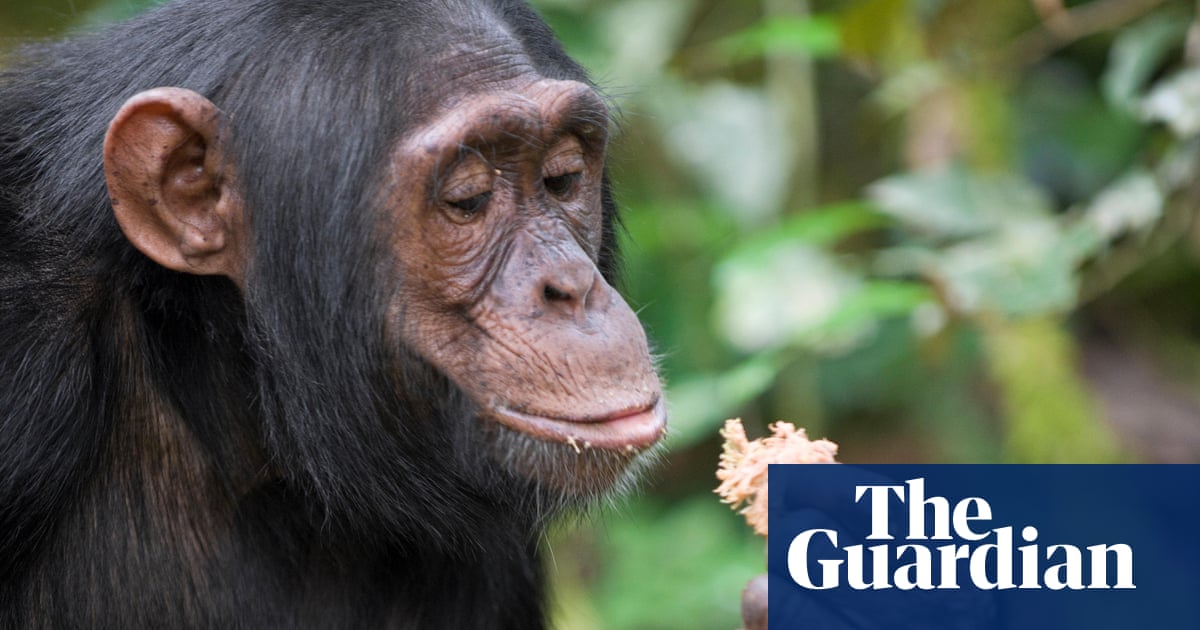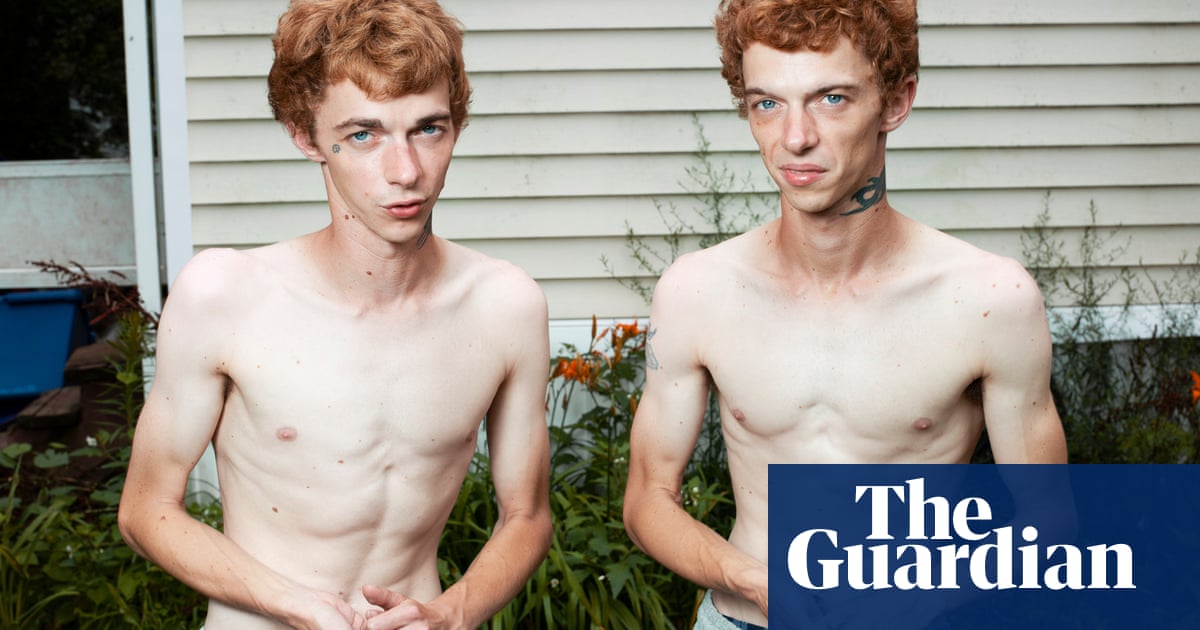What would you do if the world was to end tomorrow? The premise itself may be both timeless and timely at this moment when authoritarianism is on the rise globally. But that’s not really what causes the nail-biting excitement at the doorstep of Volksbühne theatre in Berlin. On a chilly June evening, a predominantly female and queer crowd of all ages gathers here to see, or rather experience, A Year Without Summer, the newest play by the infamous Austrian choreographer Florentina Holzinger. It’s the anticipation of Holzinger’s trademark body horror that unsettles and attracts us, the crowd. And the question: how much can we take?
“Europe’s hottest director”, as the Guardian described 39-year-old Holzinger last year, is not only known for her work at the Volksbühne but mesmerises and shocks audiences all over the world. Her all female-assigned cast of different ages, origins and abilities dances, bleeds, defecates and swallows swords on stage, naked.
Nudity has a solid tradition in the performance arts context, and is anything but radical. But informed by social media, our contemporary visual habits confine the naked body to porn. If the body doesn’t belong to a cisgender man, it is an object to be censored and regulated. Seeing Holzinger on stage, however, we look at it as a weapon, a tool and sometimes a joke.
A scandal arose last year, when Holzinger staged her opera Sancta in Stuttgart, with rollerskating naked nuns having lesbian sex on stage. Eighteen audience members had to be treated for severe nausea. The subsequent headlines in the international press were a badge of honour to Holzinger; she wears them printed in black letters on her white T-shirt when talking to the press: “Went to the opera, vomited.”
Protests by Christian fundamentalists against Holzinger’s works have only added to the hype. All Berlin performances of A Year without Summer were sold out within minutes of its announcement. Holzinger’s shows have enormous budgets and are always co-productions involving several institutions around the globe. Her latest co-producers include Factory International, in Manchester, and Rising Melbourne, where the piece will be shown at a later time.
But what is this fascination all about? How can we obsess over bleeding dancers when we seem collectively desensitised by news images of war and death? Why do we pay to see naked people taking a shit on a theatre stage? And will they do it again?
What I instantly notice about the sets of A Year Without Summer is the absence of the wasteful extravagance usually associated with Holzinger. On-stage swimming pools, helicopters flying in the auditorium – the decadence of Holzinger’s previous productions is no doubt silently frowned upon by many of her colleagues. Especially in times of drastic austerity that are driving so many artists into poverty, or out of Berlin to more affordable European cities. But also, in terms of sustainability, I wonder if thousands of gallons of water in two giant tanks were really necessary to honour the mother of all water corpses, as the choreographer did in her 2022 play Ophelia’s Got Talent. Necessary, maybe not. But possible, if Holzinger’s profitable name is involved.
The scenery of A Year Without Summer consists, in strong contrast, of only a glass box, two trampolines, an inflatable torso and a lot of thick haze. Holzinger’s new minimalism sharpens the focus on her narrative. The story unfolds in 1816, the year after a volcano erupted in today’s Indonesia and changed the global climate for years to come. Mary Shelley wrote Frankenstein, so we are told, under the ashy sky of that very first year without summer. The blend of an apocalyptic atmosphere and the creation of artificial humans is a perfect backdrop to what Holzinger and her team seem most interested in: grotesque interventions in the body.
We witness butchering doctors, a fake birth out of Holzinger’s own cut-open thigh (“It’s a musical!”) and an ultimate facelift performed on a dancer hung by meat hooks piercing through their cheeks and temples. All of this is undeniably hard to watch, but also beautifully staged, like a Renaissance painting. Personal hospital stories told by cast members are merged with musical performances about racist medical science and eugenics. Immortality as the main goal of future medicine is discussed as both a conviction and salvation. Even Freud comes on stage to perform his trashy horror of the vagina, examining and declaring it as a wound caused by castration. There is really nothing subtle about that. The omnipresent question still remains compelling enough: aren’t we all monsters anyway?
But then there is also tenderness, which is new to Holzinger’s work and makes this play especially intriguing. This time, the undressing of the cast is part of the performance. The imminent apocalypse at the beginning of the story gives way to a very long romantic intro, with couples dancing slowly, cuddling, making out, until they finally lie on top of each other naked and simulate an orgy. If the world was to end tomorrow, the play suggests, we should come close and warm each other.
after newsletter promotion
Particularly when the caresses are not of an erotic nature, they deliver much-needed utopian moments, between all the splatter and jokey scenes. Several cast members are elderly people in wheelchairs, who towards the end of the show are being cared for affectionately by other dancers, whose props indicate they are nurses and doctors. This quite extensive scene of generosity and gratitude gets suspiciously heartwarming, until the patients start defecating in streams and turn this idyllic moment of compassion into a horror depiction of plain humanness. The mere presence of brown fluids instantly makes us uncomfortable. The nurses start vomiting the same liquid (out of oxygen tubes filled with paint) and get all tangled up while trying to clean up the mess. Tissues of fake faeces are thrown at the audience. Few spectators leave the room. Most are in awe of this incarnation of the contradictory nature of vulnerability: it’s lovable and disgusting and horrifying and banal at the same time.
What follows this mess is a very touching climax, the end that says “No End” on two big screens. All lights stay on. The ambivalent immortality theme is embodied by the 82-year-old former ballerina Beatrice Cordua, who sits in a wheelchair now and has told the audience earlier in the show that she will soon die from lung cancer and how sad she is about it. For the applause, Holzinger pushes Cordua’s wheelchair to the front. A teary-eyed audience gives the terminally ill ballerina a last standing ovation. She blows a kiss at us and leaves, while an ice skater turns endless pirouettes on a small square of ice.
We’re not monsters, I think to myself. We are just mortal and fascinated by how ambiguous that feels.
-
Fatma Aydemir is a Berlin-based author, novelist, playwright and a Guardian Europe columnist

 3 months ago
76
3 months ago
76








